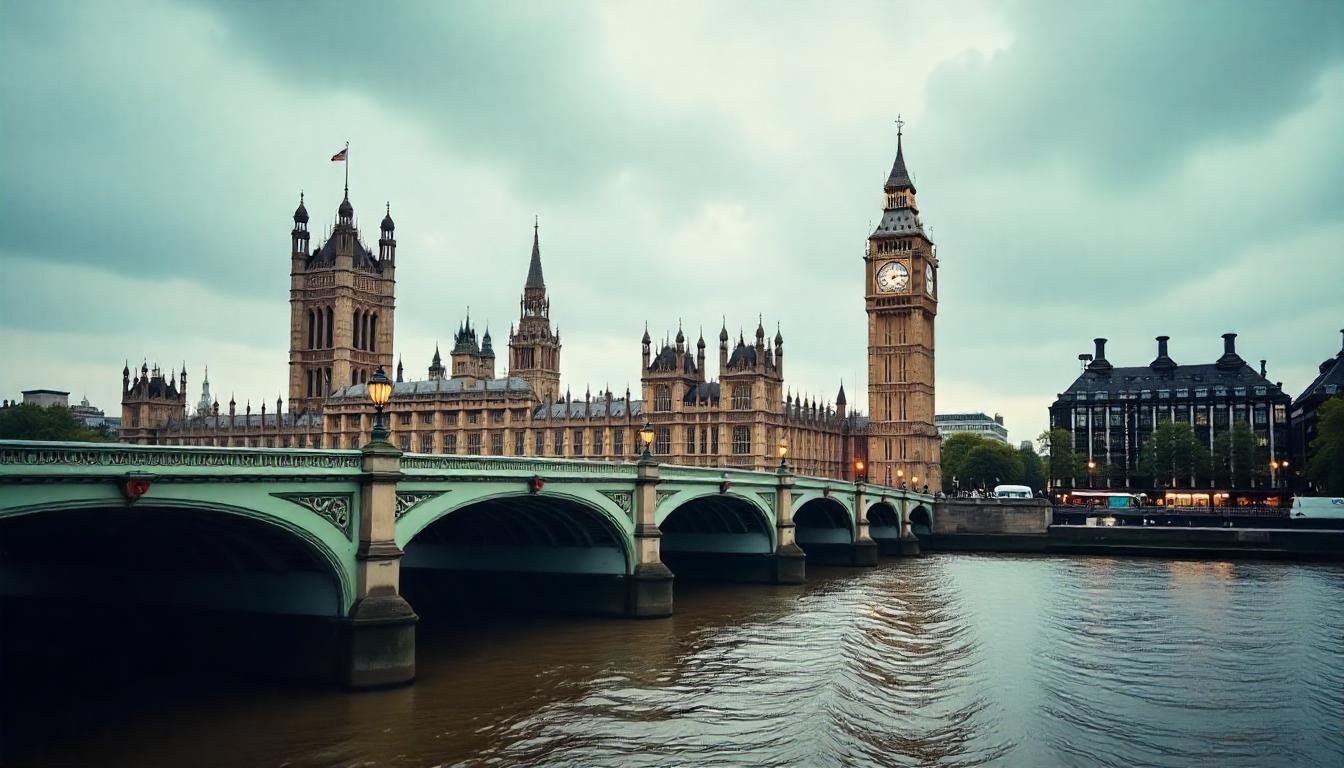≡-Atlanta BeltLine Reaches Historic Landmark With The Completion Of Westside Trail Segment 4, Expanding The City’s Connectivity For Walkers And Cyclists Across 6.7 Miles: New Updates You Need To Know – Viral of Today
<> Viral of Today <>
Home » Latest Travel News of United States » Atlanta BeltLine Reaches Historic Landmark With The Completion Of Westside Trail Segment 4, Expanding The City’s Connectivity For Walkers And Cyclists Across 6.7 Miles: New Updates You Need To Know Friday, June 27, 2025In a historic moment for the city of Atlanta, Mayor Andre Dickens, along with key figures from Atlanta BeltLine, Inc. (ABI), community leaders, and elected officials from Fulton County and Atlanta Public Schools, gathered to cut the ribbon on a significant milestone in the BeltLine project. The completion of Westside Trail–Segment 4 establishes the city’s longest continuous trail segment, representing a significant step in Atlanta’s evolution into a more pedestrian- and cyclist-friendly metropolis.The 6.7-mile segment of trail, stretching from University Avenue in southwest Atlanta to Huff Road in northwest Atlanta, enables walkers, runners, and cyclists to travel continuously across this vital urban corridor. This accomplishment brings the city closer to realizing the full potential of the BeltLine, an ambitious project that aims to convert abandoned rail corridors into a vibrant, multi-use space for recreation, transportation, and community engagement.The BeltLine Vision: A 22-Mile Loop Around AtlantaUpon completion in 2030, the BeltLine will consist of a 22-mile loop that circles the city, with an additional 11 miles of connector trails. The completion of this section of the Westside Trail extends the total length of the mainline trail to 12.6 miles, complemented by an additional 10.3 miles of connector trails that tie together important neighborhoods, parks, and cultural sites. With the addition of Westside Trail–Segment 4, Atlanta moves closer to realizing its vision of a fully integrated BeltLine.The new trail segment, which spans 1.3 miles, extends from the terminus of the Westside Trail at Lena Street, running north to Law Street. This stretch connects seamlessly to the Westside BeltLine Connector and Westside Trail–Segment 3. The result is a continuous, uninterrupted corridor that offers improved access to Washington Park, one of the most historically significant areas of the city. The development is transformative, turning a fragmented pathway into an easily navigable trail that links communities in southwest and northwest Atlanta.Historical Significance of Washington ParkWashington Park, which anchors the new section of the BeltLine, is of tremendous historical importance to the African American community in Atlanta. Created during the era of segregation, Washington Park was Atlanta’s first recreational space designated for African Americans. The park, established with amenities such as a swimming pool, dance hall, pavilions, and tennis courts, offered a much-needed sanctuary for leisure and social gatherings at a time when opportunities for African Americans were severely restricted.The surrounding neighborhood emerged from the aftermath of the Great Atlanta Fire of 1917, eventually evolving into one of the first planned Black suburbs in the city. Under the leadership of Heman E. Under Perry’s leadership, Washington Park flourished into a vibrant hub for Atlanta’s African American middle class. Homes and institutions were designed and built by Black architects and builders, overcoming the systemic racial barriers of the time.In recognition of the park’s enduring legacy, a new historical marker was unveiled at the entrance to Washington Park. This commemorative sign, which was revealed by Clyde Higgs, President and CEO of Atlanta BeltLine, Inc., alongside Councilmember Byron Amos and Chair Christi Jackson of The Conservancy at Historic Washington Park, pays tribute to Washington Park’s vital role in the history of Atlanta’s Black community. The historical marker stands as a symbol of resilience, pride, and a continuing commitment to preserving the park’s legacy for future generations.A Thoughtfully Designed Trail for AllThe new Westside Trail segment features a 14-foot-wide concrete multi-use path, with three-foot soft shoulders on each side. Thoughtful design elements enhance the user experience, including stainless steel handrails, LED lighting, and security cameras for safety. Environmental considerations were also a priority, with green infrastructure solutions managing stormwater runoff and environmental remediation efforts addressing the corridor’s industrial past.The trail ensures accessibility for surrounding neighborhoods through ramps and stairs that connect the pathway to adjoining streets, making it easy for community members to access the BeltLine from various points along the route. These design features aim to create a more inclusive environment for people of all ages and abilities to enjoy the trail.Collaborative Efforts for the BeltLine’s SuccessThe BeltLine project has been made possible through the collaboration of various stakeholders and partners, including public agencies, philanthropic organizations, and private contractors. Funding for the trail primarily comes from public sources through the BeltLine Tax Allocation District, supported by contributions from Atlanta Public Schools, Fulton County, and the City of Atlanta. The project also benefits from support from the BeltLine Special Service District investors.Significant philanthropic contributions from the Robert W. Woodruff Foundation, Inc. and The James M. Cox Foundation have been instrumental in the continued development of the BeltLine. Their support is helping fund the construction of the entire 22-mile trail corridor, ensuring that the BeltLine remains a transformative and sustainable urban development project for generations to come.Construction of the Westside Trail segment required coordination between multiple agencies, including the Atlanta Regional Commission, Atlanta Department of Parks and Recreation, and the Georgia Department of Transportation, among others. The collaboration between these organizations, along with private-sector contractors such as Alta, Sherwood Design Engineers, and other support teams, has made this significant milestone possible.Future of the BeltLine: A Vision of Connectivity and GrowthWith the completion of Westside Trail–Segment 4, Atlanta continues to move closer to realizing its vision of a connected, pedestrian-friendly city. When finished, the BeltLine will not only offer new transportation and recreational opportunities but will also serve as a catalyst for economic development. By linking key neighborhoods and fostering community engagement, the BeltLine will have a lasting impact on Atlanta’s culture, economy, and environment.The project has already spurred development in surrounding neighborhoods, with new residential, commercial, and retail spaces emerging along the trail. This urban revitalization has the potential to bring both social and economic benefits to Atlanta’s diverse communities, offering equitable opportunities for all residents.The BeltLine project is a testament to the power of collaboration, vision, and determination in shaping the future of Atlanta. With each new segment, the city moves closer to creating a seamless, sustainable, and inclusive urban environment that enhances the quality of life for all its residents.Atlanta has marked a major milestone with the completion of Westside Trail Segment 4, offering 6.7 continuous miles for walkers, runners, and cyclists. This new section strengthens the BeltLine’s connection across the city.
This information will surprise you!
See also
- Read until the end to discover everything.
- Important information you need to know.
- Interesting facts and helpful tips.
Conclusion
Did you enjoy the news? Keep following us daily!













